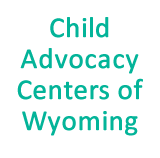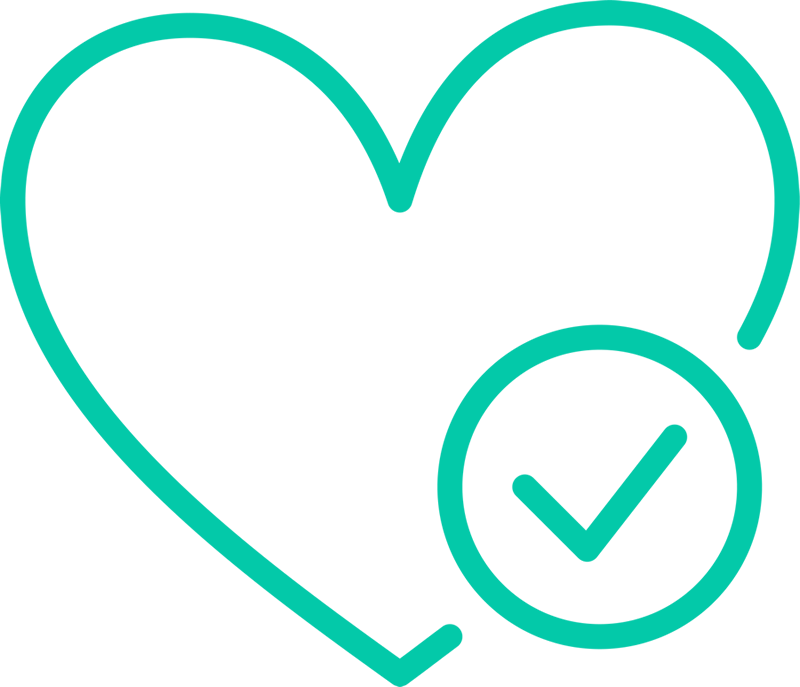Other behaviors to looks for if someone is being abused is listed below by type of abuse. Please note that these are signs that something is amiss. The presence of signs does not necessarily mean that child abuse or neglect has occurred.
PHYSICAL ABUSE
• Reports inflicted injury by an adult or significantly older child.
• Presence of unexplained physical injury.
• Wary of adults' physical contact (hides or withdraws).
• Apprehensive when other children cry.
• Behavioral extremes (i.e. aggressiveness or withdrawal).
• Frightened of parents/afraid to go home.
• Art work displays violence: adults loom as large, threatening figures, child figures are small and powerless.
• Play demonstrates violence to dolls, animals.
• Injures or kills animals.
• Preoccupation with themes of conflict.
• Hypervigilence, monitoring the behavior of adults.
• “Hyper” behavior.
• Bullying smaller children.
• The child is overly compliant, eager to please adults, seems to be “too good.”
• Poor social skills and peer interaction.
• Complains of soreness or moves uncomfortably.
• Runs away from home.
• Indiscriminate in seeking attention and affection from others.
PHYSICAL NEGLECT
• Begging, hoarding, stealing food/consistent hunger.
• Extended stays at school (arrival early and late departure).
• Constant fatigue, listlessness or falling asleep in class.
• Alcohol or drug abuse.
• Frequent stealing from others.
• Delinquent or self-destructive behavior.
• Frequent absences or tardiness.
• Assumes adult responsibilities.
• Poor hygiene- dirty skin; offensive odor; unwashed
• Inappropriate dress for the weather.
• Consistent lack of supervision in the home.
• Unattended physical problems, medical or dental needs.
• Abandonment.
• Failure to thrive or achieve expected growth patterns, underweight.
SEXUAL ABUSE
• Reports sexual abuse by an adult or older child.
• Unwilling to change for gym or participate in physical education class.
• Withdrawal, fantasy or infantile behavior.
• Bizarre, sophisticated or unusual sexual behaviors or knowledge for age.
• Poor peer relationships.
• Delinquent or run away.
• Fearful of bathrooms, bedrooms or being alone with an adult.
• Fearful of same or opposite sex adults.
• Fearful of closeness, intimacy or touching.
• Poor boundaries with others (touching without permission, invading body space, etc.).
• Difficulty in expressing feelings, low self-esteem, fears of separation and loss.
• Regressive behaviors: thumb sucking; bedwetting
• Overly compliant.
• Excessive risk taking, suicidal thoughts or actions.
• Sexual aggression to smaller children, toys or pets.
• Drawings are more precise in anatomical detail, sexual themes are evident.
• Radical changes in bathroom habits.
• Withdrawn or chronically depressed.
• Excessive masturbation or preoccupied with genitals.
• Sudden excessive weight gain or loss.
• Difficulty in walking or sitting.
• Torn, stained or bloody underclothing.
• Pain or itching in genital area.
• Bruises or bleeding in external genitalia, vaginal or anal areas.
• Venereal diseases, especially in pre-teen.
• Pregnancy.
• Eating disorders, gagging, anorexia, overeating, nausea, ulcers.
• Sleep disorders, nightmares, refusal to sleep alone.
• Constipation, fecal retention, fecal impaction.
• Self-mutilation, disfigurement.
• Bizarre/unusual sophistication pertaining to sexual behavior or knowledge.
EMOTIONAL ABUSE
• Habit disorders (sucking, biting, pulling out hair)
• Anti-social or destructive behaviors.
• Unusual fearfulness, sleep disorders
• Behavioral extremes (aggressiveness, extremely passive or compliant).
• Suicidal attempts.
• Speech disorders,
• Self-harming behaviors.
• Babies who spend long periods of time in their crib without caregiver checking on them.
• Babies who do not respond or show happiness when you pay attention to them.
• Toddlers or preschoolers who look sad or withdraw, or who frequently fight w/other kids.
• Children who seem to have no friends.
• Parents who seem depressed or unhappy, or who never show joy in being a parent.
• Families that seem to have few visitors or close friends.
• Toddlers/preschoolers who tend to be angry; refuse to follow directions; give up easily; show little joy or happiness.

